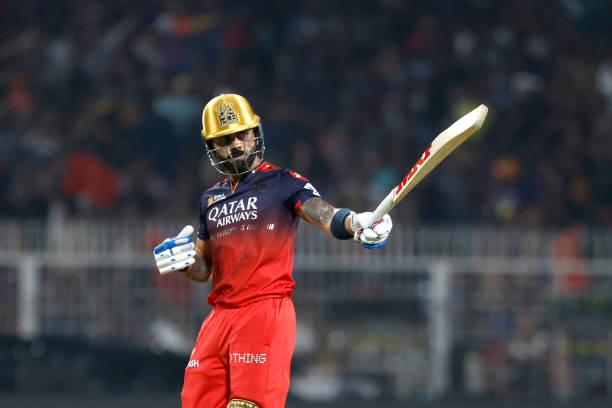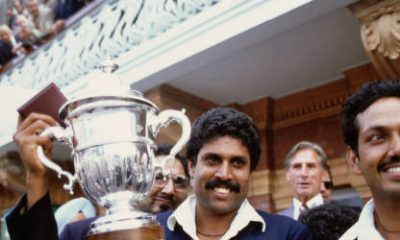
Introduction
The Cricket game has evolved into more than just a sport in India; it has become a national obsession. It’s not just about the bat and ball, but about passion, pride, and a cultural phenomenon that binds millions together. From its humble beginnings to becoming the most-watched sport in the country, the journey of Cricket game in India is a remarkable story. This article will explore how Cricket game grew to become India’s most popular sport, focusing on five key reasons behind its overwhelming success in the subcontinent.
1. The British Legacy: Cricket’s Introduction to India
The roots of the Cricket game in India can be traced back to the colonial era when the British introduced the sport to the Indian subcontinent during the 18th century. The game was initially played by British expatriates and members of the Indian elite but slowly began to gain traction among local communities. Cricket’s appeal among the Indian population grew as the sport became a part of the educational curriculum in schools and colleges.
By the late 19th century, cricket had taken hold in India, with many regional teams being established, and the first Indian cricket club, the Calcutta Cricket Club, founded in 1792. The British ruling class used cricket as a tool to assert their cultural superiority, but they inadvertently planted the seed for the sport to flourish in the country. As India gained independence in 1947, the Cricket game had already become an integral part of its identity.
2. India’s Success in International Cricket: The Rise of Legends
One of the pivotal moments in the rise of the Cricket game in India was the nation’s success on the international stage. The first significant breakthrough came in 1983 when the Indian cricket team, under the captaincy of Kapil Dev, won the ICC Cricket World Cup. This historic victory shattered the image of cricket as a game only for the West and showed the world that India could compete at the highest level. The triumph created an unparalleled enthusiasm for cricket, establishing it as a symbol of national pride.

Following that victory, India’s success in various international cricket tournaments and the emergence of cricketing legends such as Sachin Tendulkar, Rahul Dravid, and Sourav Ganguly only intensified the sport’s popularity. Tendulkar, often regarded as one of the greatest batsmen in cricket history, became a global icon, with his career spanning over two decades. His achievements, coupled with the collective success of the Indian team, helped elevate the Cricket game to an unparalleled status.

3. The Role of Media: Broadcasting the Cricket Game to Every Household
Another crucial factor that played a significant role in making the Cricket game India’s most popular sport is the advent of television and media coverage. The 1983 World Cup victory was one of the first major milestones that were widely broadcasted on television, bringing the Cricket game into Indian living rooms. The nationwide broadcast of cricket matches helped create a large fan base that could watch their heroes perform live.

Over the years, the coverage of cricket expanded with the growth of satellite television and cable networks. The 1990s and 2000s saw a boom in media coverage, with sports channels dedicated to broadcasting cricket matches round-the-clock. India’s performance in major cricketing events like the ICC World Cup and ICC Champions Trophy, coupled with media exposure, made cricket a central part of Indian culture.
The 2003 ICC Cricket World Cup, where India reached the final, is a perfect example of how media played a crucial role in boosting cricket’s popularity. Millions of fans flocked to stadiums and glued to their televisions to witness the spectacle. Media coverage turned cricket into a form of entertainment that was followed by individuals from every demographic, further solidifying its place in India’s collective consciousness.
4. The Emergence of the Indian Premier League (IPL)
In 2008, the Cricket game in India saw the birth of the Indian Premier League (IPL), a revolutionary T20 cricket league that changed the sport forever. The IPL introduced a new format of the game that combined cricket with entertainment, bringing together top cricketers from around the world and featuring celebrity ownership, entertainment performances, and huge sponsorship deals. The IPL’s unique blend of sport and entertainment captured the imagination of a younger audience, while also attracting significant corporate sponsorship.
The IPL not only showcased cricket’s commercial potential but also brought the sport into the digital age, allowing fans to engage with the game through social media, mobile apps, and other platforms. Matches were played in packed stadiums, and the excitement around the IPL transformed cricket into a year-round spectacle. It wasn’t just a sport; it was a massive entertainment event, contributing heavily to making the Cricket game India’s most popular sport.
The IPL’s influence is so profound that it has impacted international cricket, with players from various countries participating and gaining global exposure through the league. The massive viewership of the IPL has taken cricket’s appeal to new heights, ensuring that the sport remains at the forefront of Indian entertainment.

5. Cricket’s Cultural Significance: A National Identity
Cricket in India is more than just a game; it has become a part of the cultural fabric of the country. The Cricket game holds a deep emotional connection for millions of Indians, with cricket fans often treating their favorite players as national heroes. Matches, especially those involving India, are seen as national events, and the collective hope for victory transcends regional and religious divisions. Cricket matches become moments for the entire nation to unite.
The sport’s cultural importance is reflected in the way it influences various aspects of life, from politics to business and even in everyday conversations. Schoolchildren often dream of becoming cricketers, and young talent is nurtured through a plethora of local and regional competitions. In India, playing or watching cricket is almost a daily ritual, and it plays a role in defining the national spirit.
From street cricket in small villages to international stadiums, the game’s accessibility has made it a part of every Indian’s life. The passion for cricket is unmatched, and it is something that binds the nation together, irrespective of their social and economic backgrounds. This cultural significance has undoubtedly cemented cricket’s place as India’s most popular sport.
SUGGESTED FOR YOU
Conclusion
The journey of the Cricket game in India is nothing short of extraordinary. From its introduction during the colonial era to becoming the most popular sport in the country today, cricket has overcome many challenges and captured the hearts of millions. Key moments such as India’s ICC World Cup victories, the rise of legends like Sachin Tendulkar, the media’s pivotal role, the IPL revolution, and the game’s cultural significance all contributed to cricket’s domination in India. As the sport continues to evolve, it is clear that cricket is more than just a game—it is a way of life for millions of Indians.









